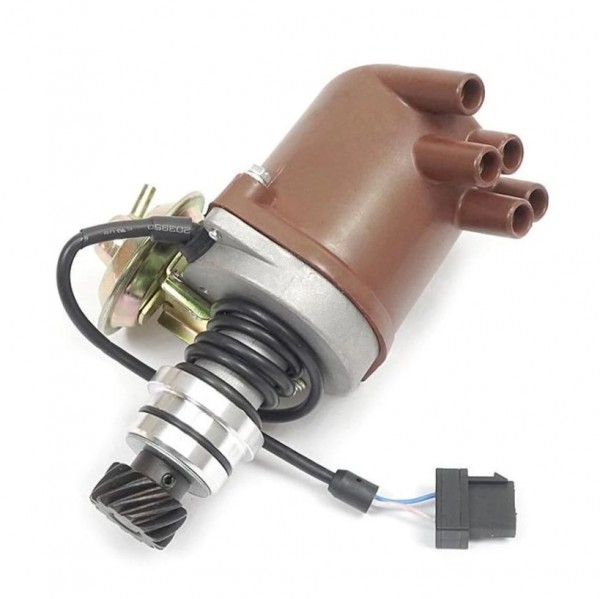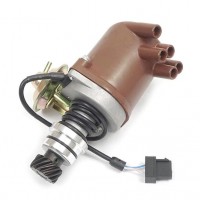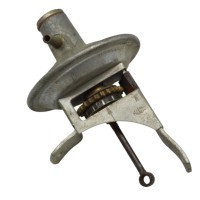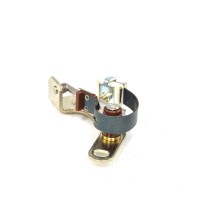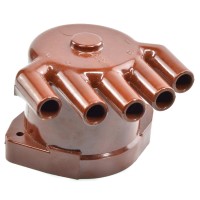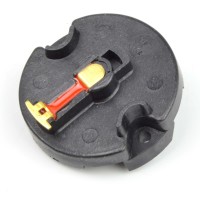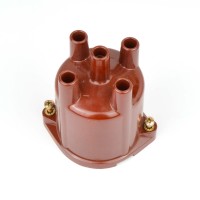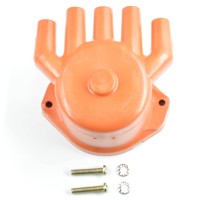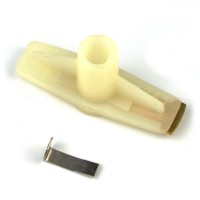Ignition System and Distributor: Malfunction, Inspection and Repair
The distributor is a key component in many older vehicles with internal combustion engines. It plays a crucial role in igniting the fuel-air mixture in the engine and is therefore essential to the performance and efficiency of your vehicle. "What to do? Leave the car at home?" That doesn't have to be the case. In this blog, you will learn about an alternative for professional distributor repair.
Signs of distributor malfunction
When examining the distributor, several symptoms can indicate a malfunction. These include an erratic engine running, difficulty starting, loss of power, engine sputtering, abnormal noises and problems with the spark plugs. These signs can indicate different problems in the ignition system, such as a damaged distributor cap, a defective rotor or problems with the ignition wires. It is important to recognize these symptoms early in order to be able to carry out timely repair of the distributor and ensure the proper functioning of the engine.
Checking the ignition system
First, a visual inspection is performed. This includes checking the distributor cap and rotor for cracks, wear or corrosion. These parts must be clean and in good condition. The ignition wires are also checked to ensure that they are tight and show no visible damage.
The resistance of the ignition wires is then measured using a multimeter. High resistance readings can indicate worn or damaged wires.
On vehicles with mechanical ignition distributors, it is important to check the breaker points regularly. The gap and condition of the points must be correct, as wear or incorrect gapping can lead to ignition problems.
The ignition timing should be checked using an ignition timing light. An incorrect timing can indicate problems in the ignition distributor, such as a defective centrifugal or vacuum advance.
A spark test is also performed to ensure that a spark is reaching the spark plugs. This is done by removing the spark plug and placing it against the engine block. A weak or missing spark indicates a problem in the ignition system.
For vehicles with electronic ignition systems, diagnostic tools can be used to read error codes and identify specific problems in the ignition system.
Basic steps to repair an ignition distributor
- Disassembly: Disassemble the ignition distributor by removing the distributor cap, rotor and all other parts.
- Cleaning: Clean all components thoroughly to remove dirt, oil and debris. Ultrasonic cleaning can be particularly effective.
- Inspection: Check all parts for wear, damage or corrosion. The breaker points and distributor rotor should be inspected carefully.
- Replacement of worn parts: Replace any damaged or worn parts such as the breaker points, distributor rotor, distributor cap and possibly the gaskets.
- Adjustment: Adjust the breaker points according to the manufacturer's specifications. This may require filing or bending the points to ensure proper contact.
- Assembly: Reassemble all parts and install the ignition distributor according to the manufacturer's instructions.
- Tests: Check the ignition distributor for functionality and proper operation. This can be done on a test bench or by manual testing.
- Fine-tuning: If necessary, make further adjustments to ensure that the ignition timing and ignition curve are set correctly.
Before assembly, carefully check the individual components. The breaker contacts should be reworked to ensure optimal contact quality.
You can find some of the spare parts you need in our shop!
Finally, another test is carried out in which the ignition distributor is measured again. This allows you to carry out a final quality control.
Do you have any questions, comments or further tips on this topic? Feel free to leave a comment!

